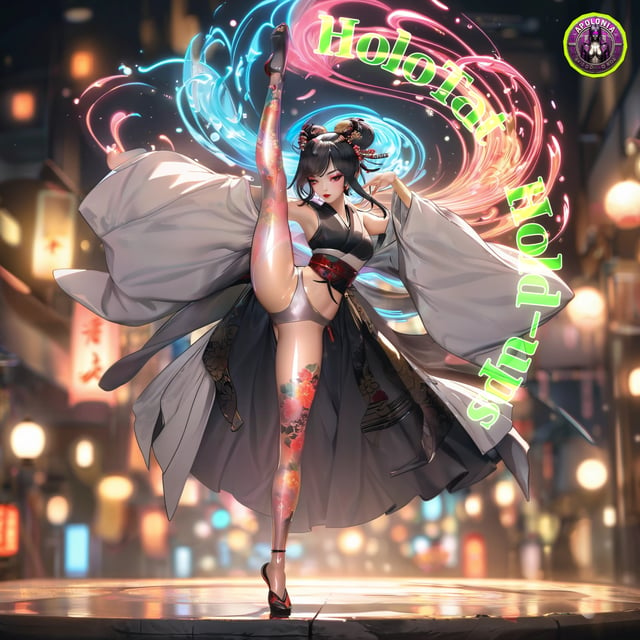Soul Merger XL
🌌 Soul Merger XL 🌠✨Create breathtaking concept art and take a look in to the mind of stable diffusion✨Soul Merger extracts the actual concept, or the very 'Soul' from each of two separate images you upload into my app......they can be photographs, AI generated, any type of image and any size, (size doesn't matter boys😉) and merges them together to create wonderful, unexpected, dazzling results.To achieve utterly stunning results, I suggest you choose two images that completely contrast each other.... for example; a 3d anime render of a snowman, and a realistic image of a lava flow.(By choosing similar styles of image, or subjects, you are not giving the AI much to work with. So be as diverse as you can)It is not an image merger, or a photoshop tool in any way..... we are working purely with the CONCEPT of the uploaded images. Let Soul Merger & Stable Diffusion perform neural surgery on two of your images, and fuse their very souls to create something so incredible, you won't believe your eyes..... you'll be generating until you can't keep your eyes open any longer☺You'll be amazed how it interprets your images with different models, in awe of what it creates, and can spend hours clicking for the next unscripted masterpiece.This is a ClipVision workflow, and requires a compatible XL base model to run correctly.Starting at just ✨1 credit for a 9:16 XL Image✨ it is extremely cost effective forsomething high quality, and 100% completely unique and spellbinding.The default checkpoint is my : FluxCore Nijroma XL, which produces amazing creations.Feel free to choose whichever base model suits the needs of the outcome you are aiming for, but I highly recommend experimenting as much as you can afford to, starting with my checkpoint.I really hope you enjoy SoulMerger XL, and look forward to seeing all the wonderful creations.Kindly leaving a little 💜 will really make my day.Love & digital kissesApolonia💋























